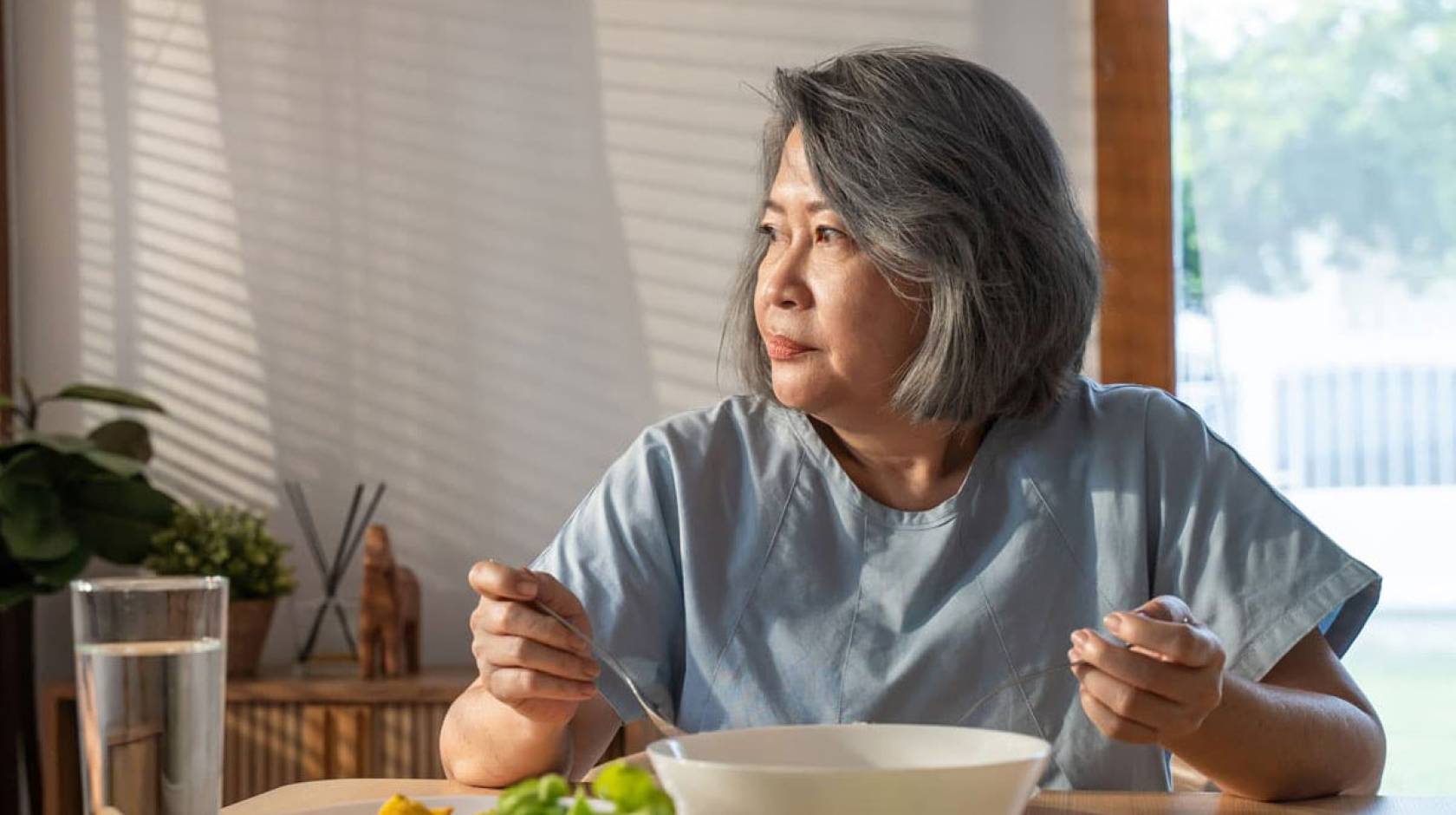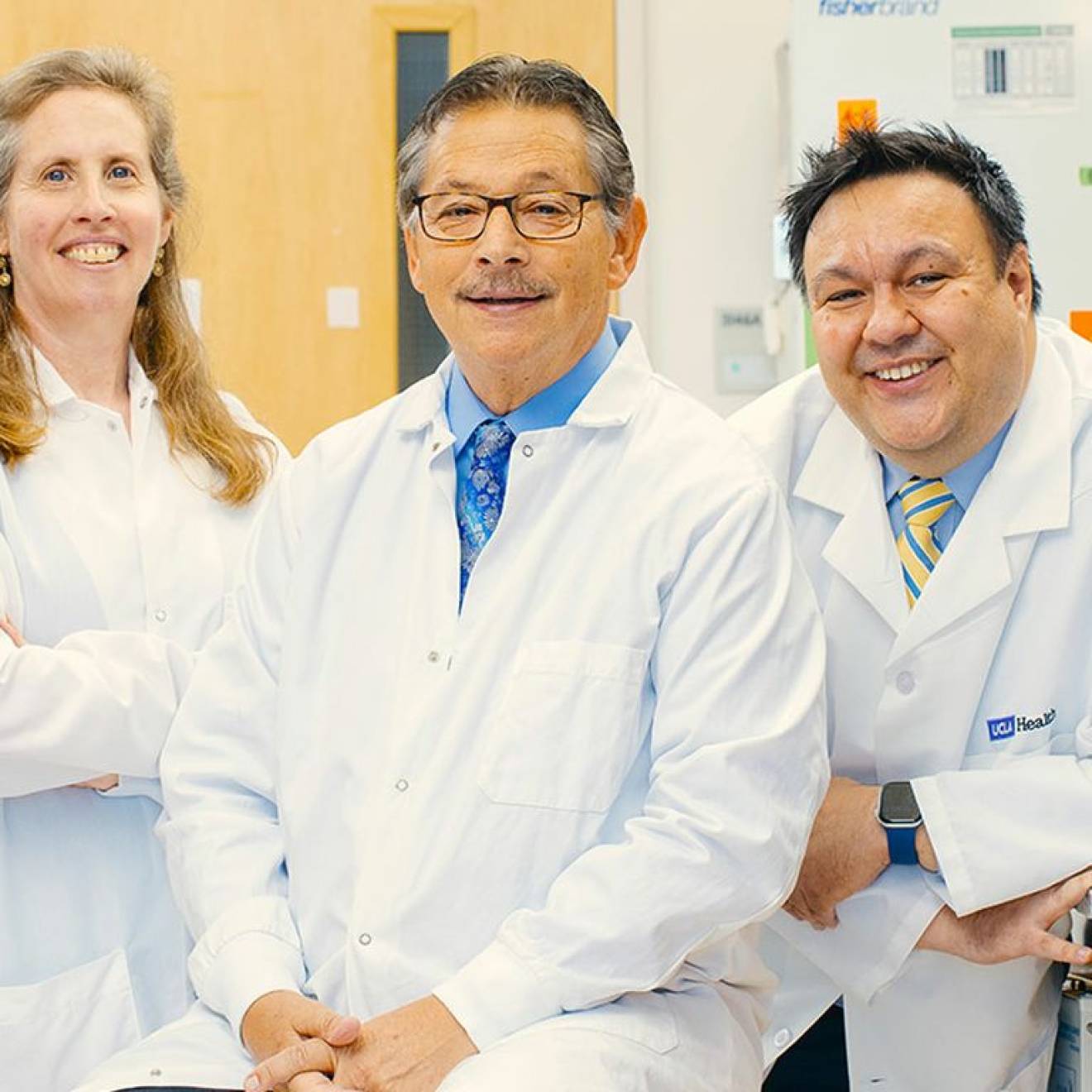Suzanne Leigh, UC San Francisco

Humans are social animals. We might define ourselves as introverts, but the survival of our species rests on safety in community.
Loneliness unleashes excess stress hormones, causing an elevated heart rate, and increased blood pressure and blood sugar levels. Loneliness also reduces the number of antibodies we produce to fight infection and may make us more susceptible to cancer. Even vaccine response has been shown to be less robust in socially isolated individuals.
In 2018, the U.K. appointed a minister for loneliness and Loneliness Awareness Week was introduced to encourage people to “fill their lives with new friends and experiences.” This occurred after government research revealed hundreds of thousands of elderly people reported that they had not had a conversation with a friend or relative in more than a month. The U.K., like other European counties, and Canada and Japan, is looking at so-called social prescriptions as a means to beat loneliness and promote better health.
At UCSF, clinicians are paying attention.
Q: Is social prescribing practiced in the U.S., and what is it?
Matt Pantell, M.D.: To a limited extent, yes. Its adoption here has been sporadic and takes various forms. In the U.K., where it’s more common, general practitioners refer patients who are socially isolated to groups for emotional support or to build connection through shared interests, such as art and exercise classes.
At UCSF, there’s a growing awareness of social prescribing’s health benefits for patients of all ages. At SIREN, a national research network, affiliated with UCSF and tasked with advancing health care strategies to improve social conditions, one of our goals is studying best practices for matching resources to patients with needs that may include social isolation. For a patient with hearing loss, loneliness may be resolved when we help them get a hearing aid. Other patients might need assistance with social skills, or referrals to an activity group or a hotline providing social support.
Carla Perissinotto, M.D.: Social prescriptions are about individualized care. In my clinical encounters with patients, I might recognize someone is lonely and ask them about it and then we come up with a plan. Perhaps they miss playing cards with their friends at their assisted living facility — so their homework is to find a new partner with whom to play cards.
There are those patients who have no family or friends, and loneliness can be addressed by matching them with paid peers. This initiative was found to reduce depression among participants from 38 percent to 13 percent.
Q: Why isn’t social prescribing more common in the U.S.?
Perissinotto: Many countries spend way more on social services than our own very capitalistic, individualistic society. Social prescriptions don’t mesh well with our health care system’s fee-for-service setup. It’s an indictment of the system that we’re willing to cover very expensive medications, but not lower-cost solutions that may do more for a patient’s health and well-being.
Pantell: We found that only 13 percent of patients were screened for social isolation in a medical setting, while 94 percent reported they had no social discomfort about being screened. This was seven years after the National Academy of Medicine’s 2014 recommendation that social isolation be documented in electronic health records. I think we could be doing better, frankly.
Q: Loneliness is the feeling of being alone, while social isolation is the lack of social connections. Do those who are socially isolated — whether or not they report feeling lonely — face adverse health outcomes?
Pantell: In our 2013 study, we found that those with few or no social connections had higher rates of mortality. These higher rates were equivalent or higher to those found in people with hypertension or obesity. An earlier study suggested that the likelihood of death was 50 percent higher among those who were the most socially isolated compared to those who were the most socially integrated.
Q: We’re hearing a lot about children and teens struggling with loneliness. What kind of health deficits are they at risk for?
Pantell: The pandemic catalyzed interest in teens and children because we were seeing anxiety and loneliness. Social isolation and loneliness in children are associated with higher depressive symptoms, lower self-esteem, anxiety and sleep disturbances. They are more likely to experience worse physical health in childhood and adulthood, exhibit biomarkers of inflammation and have metabolic risk factors, like obesity and high blood pressure.
Aric Prather, Ph.D.: Social isolation and loneliness can be a potent stressor in both teens and adults. To mitigate distress, some individuals may turn to maladaptive behaviors like excessive alcohol or drugs. Conversely, social connection can reinforce health promoting behaviors, providing the support to make good habits stick.
Q: Data indicate that we’re lonelier than we used to be. What’s driving this?
Perissinotto: We’ve seen a steady decline in religious attendance, and civic and social participation. I think people need to prioritize socializing and recognize that it takes an active effort to have a social life and that it’s not always convenient. There’s a lot of emphasis on exercise and we forget that socializing is just as important to our health.
Prather: Social media plays a role. In our interconnected world, people get the impression that others have better lives than us, and I think that causes distress. Everyone has this FOMO (fear of missing out) experience, and you think, “I’m not doing that, and nobody wants to do those things with me.” For sites like Instagram and Facebook, there’s a constant pull to get attention and “likes.” I think relationships fostered by social media are probably of less quality than in-person relationships.
Pantell: There’s never been an easier time to remain in the house, thanks to Zoom meetings, online shopping, food delivery and movie streaming services. But in opting for convenience, we might miss out on those serendipitous encounters with friends or neighbors that make up our community. And we need to recognize that missing out might have consequences for our mental and physical health.

